This idea came into my head a few months ago when some friends of mine showed up for a trail ride with flat pedals. Then I forgot my road shoes and had to go for a ride with running shoes on my SPD’s, which wasn’t the best (mostly because my trail running shoe tread wouldn’t sit comfortably on the pedal) but it got the job done and it wasn’t as bad as I thought it was going to be.
So I got me a pair of snazzy Kona’s Wah Wah pedals, in matching red for my Process 153, a pair of Barry Wicks special Hella Sweet Ink Vans (Shimano’s all-mountain shoes are sold out even for us “pro” riders) and hit the trails.
I picked Carvin’s Cove Natural Reserve because from the Timberview Parking lot they have a few loops that worked out great for what I wanted to do, which was do a lap, switch pedals, do a lap, switch pedals, etc.

I picked a route with two different DH’s, same climb up to the top. The idea was to do two laps on each loop, one with clips, one with flats. I was trying to keep pedal efficiency in mind as well as how it changed my riding style or how noticeably different moves were (log hops, water bar ups, navigating the chunder).
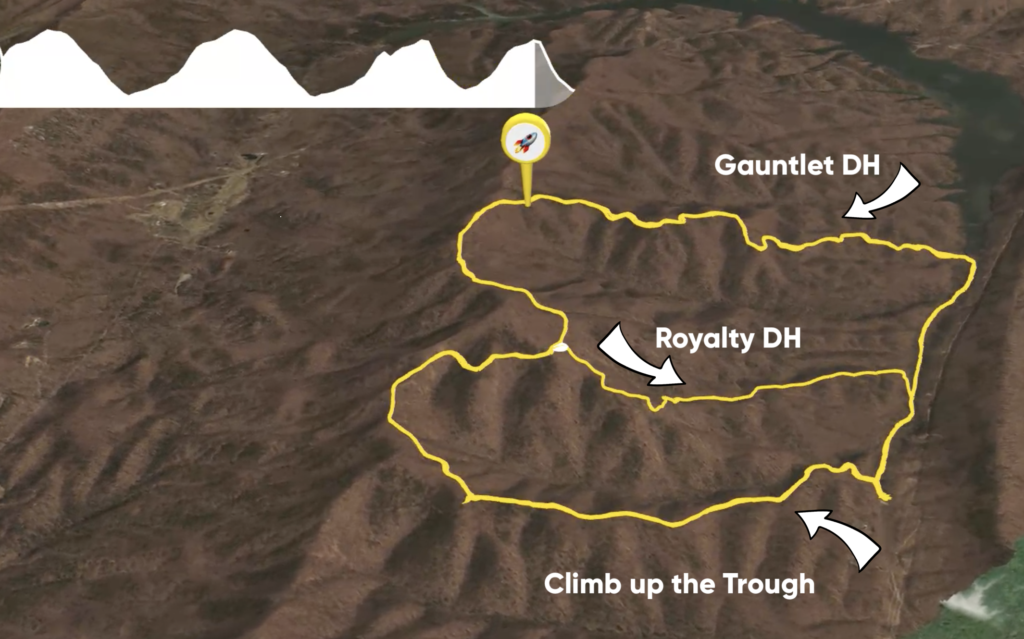
I took the clips out first to get it out of the way and use it as a warm-up. No surprise there.
Flats were next and I was immediately struck at how sticky the contact was. While climbing my feet felt glued to the pedals. The big difference was the inability to pull up in my pedal stroke. This became more evident on the steep parts of the climb when I relied on pulling up in my pedal stroke not only for more forward propulsion but also to help ground me into the saddle and keep weight on the rear wheel for traction.
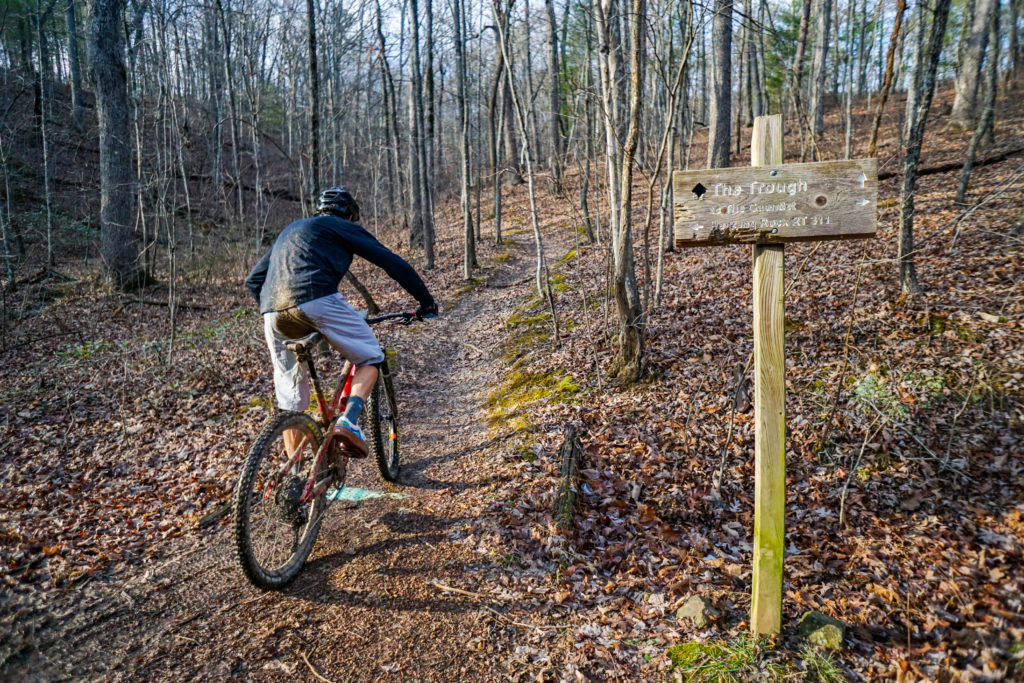
After the climb, I traversed the ridge over to the descent and started to enjoy the flats a lot more. While I definitely had to work harder to pull up as I jumped obstacles I really enjoyed how loose I had to be to stay smooth in the rough stuff. There was some mud on the trail and my feet were slipping on the pedals a bit but once I got the hang of how to weight myself differently I could eliminate a lot of that.
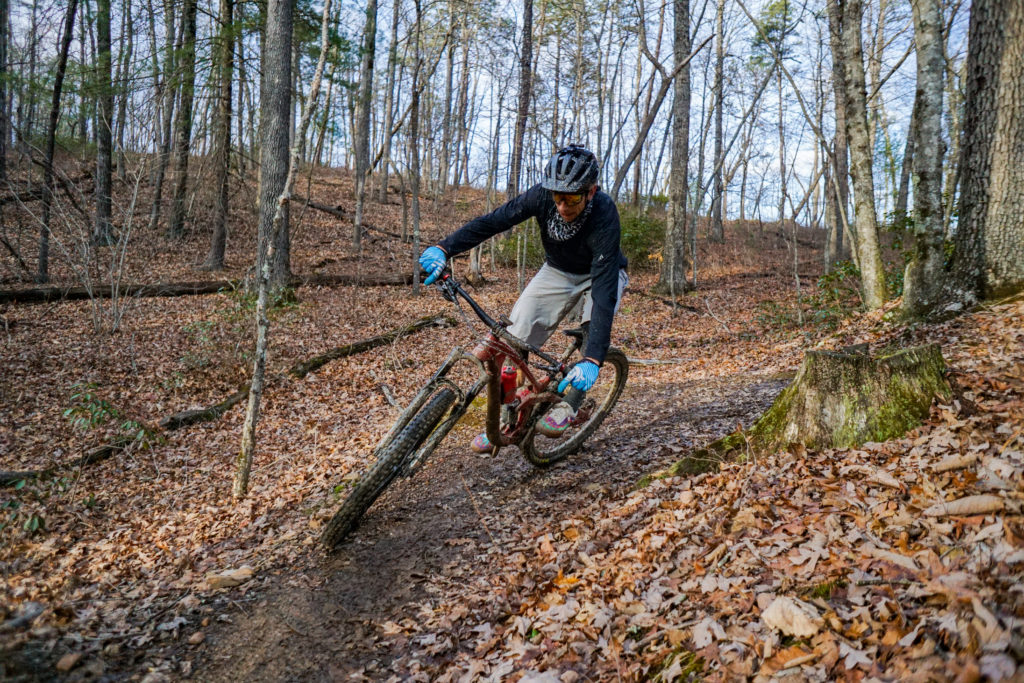
Back to the truck to switch back to flats. Then start the loop for the second descent.
Going back and forth between clips and flats was great because you’d get used to one style over the course of the 45min loop then have to adapt again. It kept the sensations fresh and really pointed out the differences between both pedal platforms.
This time up the climb I tried to hold a set wattage just to keep a steady pace. Same for the DH. I set a good tempo pace up the climb and down the descent and I would try to match that on the flats to compare the feeling as speed.
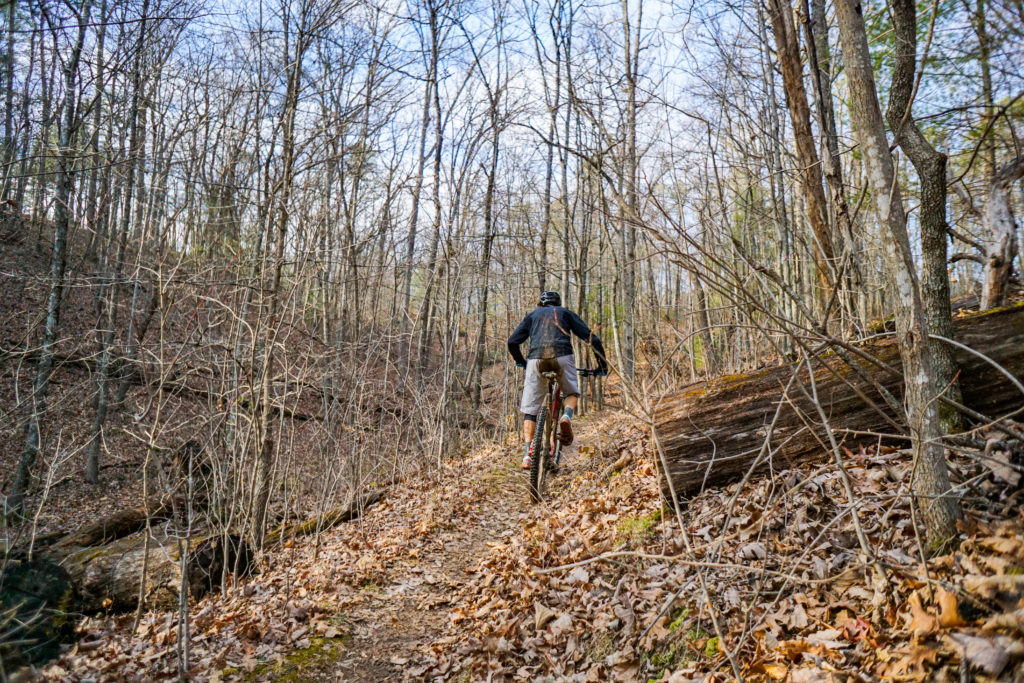
Again, the flats stood out as not my favorite for climbing, but I was definitely getting used to it. Even pedaling out of the saddle started to feel pretty natural, which felt really awkward at first.
The DH was fun to push on the flats. Again, I had to adapt to a looser riding style and my pace felt the same but I actually went a smidge faster on flats than I did on clips.

So what does all this mean? I’d put it like this. I think flats are a great option for improving skills and using muscles and techniques that become secondary with clips.
For me, clips are the obvious pedal of choice if I was to be out smashing intervals but I am going to rethink which pedals I ride on endurance pace rides.
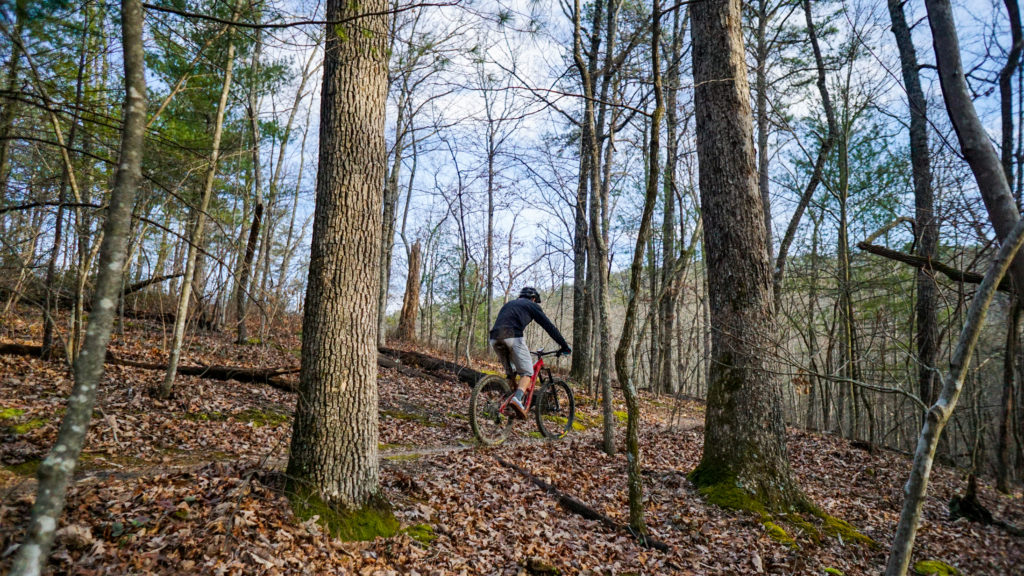
Flats highlighted some weaknesses I have in my technique. For instance, water bars are much tougher with flats because you really just rely on pulling your back end up over stuff. With flats, it takes a lot more body engagement and coordination, same with steep climbs, and moving body weight around in technical downhills.
So while riding clips may be more efficient, I think riding flats can help keep certain techniques sharp and muscle memory firing. All the while keeping you more efficient when pedaling with clips.
Plus, you can wear cool shoes like these!
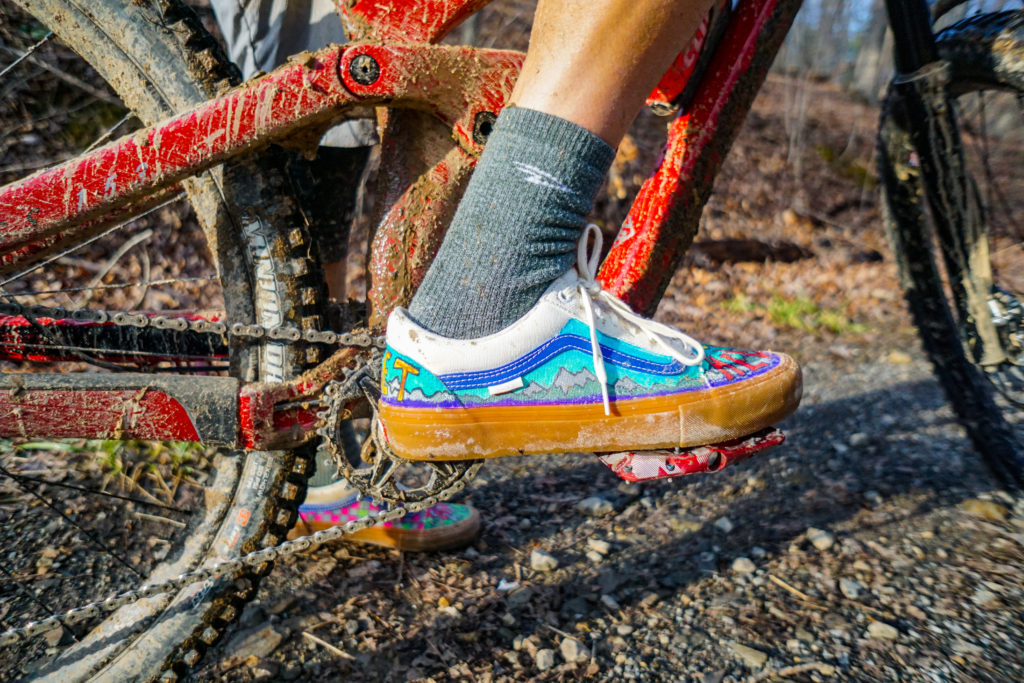

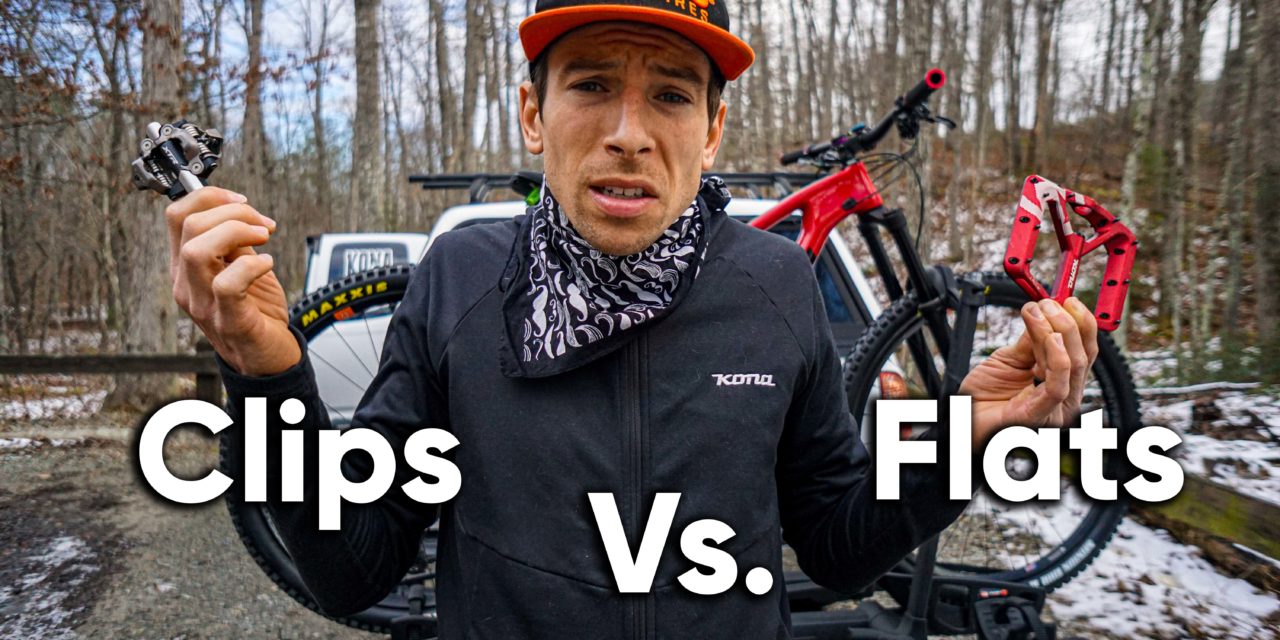

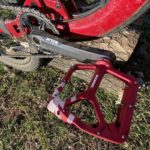
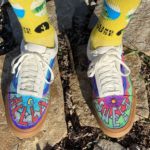

You must be logged in to post a comment.